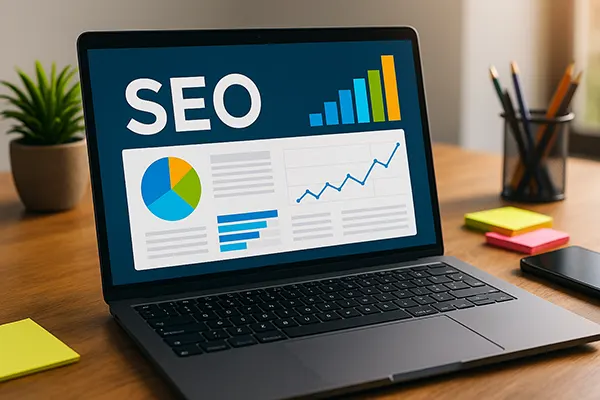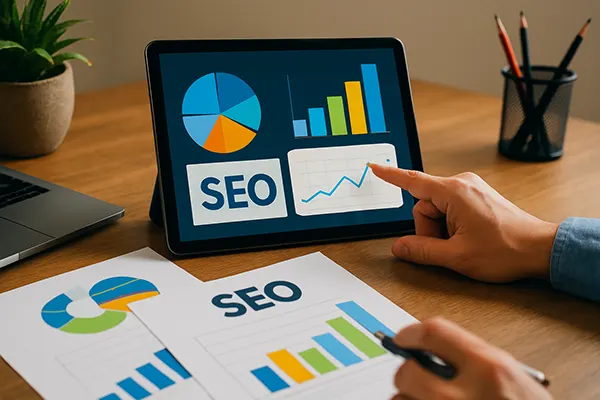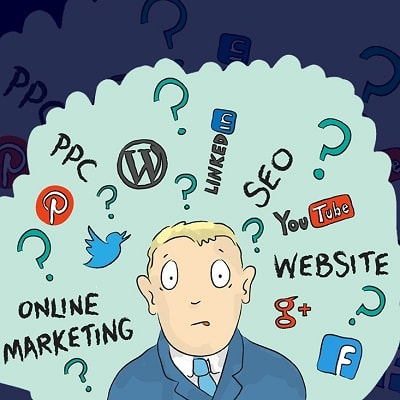
SEO Audit to the Max: How to Check Your Website in 2025 Using Only Free Tools
Keeping your website in optimal condition is no longer just a matter of preference—it’s an essential requirement in 2025. With constant updates in search engine algorithms, only a solid SEO audit can reveal technical and content-related bottlenecks. The good news? You can now perform an in-depth SEO audit using completely free tools that offer powerful insights.
Technical Foundation: Ensuring a Clean and Accessible Website Structure
In 2025, Google’s Core Web Vitals and mobile-first indexing remain fundamental. Tools like Google Search Console provide clear diagnostics on how your site performs in terms of loading speed, responsiveness and visual stability. Ensure that every page on your website is mobile-friendly and passes these core metrics, as they influence visibility directly.
Use Screaming Frog’s free version to crawl up to 500 URLs and get a detailed map of your internal linking, redirects, missing meta tags, duplicate content and crawl errors. This desktop tool is irreplaceable when it comes to identifying structural SEO issues.
Additionally, PageSpeed Insights by Google evaluates performance metrics with specific improvement suggestions. Focus on Largest Contentful Paint (LCP), First Input Delay (FID), and Cumulative Layout Shift (CLS) to meet modern SEO performance standards.
Free Tools for Technical SEO Audits
Three key tools dominate in 2025: Google Search Console, Screaming Frog (free version), and PageSpeed Insights. Google Search Console shows indexation status, crawling issues, and security alerts, while Screaming Frog scans your site like a search engine bot would. PageSpeed Insights adds real-user data for UX prioritisation.
All of these tools are beginner-friendly and have extensive documentation. What’s more, they now integrate better with cloud storage and export features, making reports easy to share with teams or clients.
When used together, these tools ensure a complete audit covering structural issues, user experience performance and indexing health—all at no cost.
On-Page SEO: Analysing Keywords, Meta Data, and Content Relevance
With Google’s continuous focus on content quality and relevance, tools like Ahrefs Webmaster Tools (AWT) and Ubersuggest offer strong on-page audit capabilities for free. Use these to evaluate whether your titles, meta descriptions and headers align with the actual content and search intent.
Check for keyword cannibalisation by entering site:yourdomain.com + keyword into Google and comparing which pages rank. Consistency across content clusters helps your site rank better. Ensure that your headers (H1-H3) maintain proper hierarchy and reflect content themes.
Additionally, pay attention to image optimisation. The free tool Squoosh by Google compresses images without losing quality, which speeds up your site—a critical on-page factor.
Optimising Content Without Spending a Dime
Use AWT to identify underperforming pages and check their backlink profile and keyword targeting. Ubersuggest gives you basic keyword analytics, search volumes, and content ideas. Even the free version of Grammarly helps refine content clarity and tone.
Make sure to naturally integrate primary and secondary keywords in your content without stuffing. A well-structured article that satisfies user intent often outperforms over-optimised ones.
Consistency in content quality and tone builds topical authority—one of the many hidden ranking factors in 2025. A practical internal linking strategy also boosts user engagement and crawling efficiency.

Off-Page Signals and Backlink Profile: Verifying Authority
Backlinks are still one of the strongest ranking signals. You can use Google Search Console to see which sites link to yours. To dig deeper, employ the free version of Seobility or OpenLinkProfiler, which provide backlink analysis including anchor text, link type, and domain authority indicators.
Pay attention to the diversity of your backlink sources. In 2025, Google has cracked down on link manipulation, making authenticity more important than ever. Links from contextually relevant, well-ranked pages carry the most value.
To increase your site’s credibility organically, consider participating in expert roundups, publishing original research, and submitting your site to directories that are still respected in your niche.
Monitoring and Improving Off-Page SEO
Set up Google Alerts to monitor mentions of your brand or domain. This allows you to find unlinked mentions and reach out for link placement. Additionally, HARO (Help A Reporter Out) remains a solid source of quality backlink opportunities if used strategically.
Seobility lets you spot toxic backlinks that might hurt your rankings. Use Google’s Disavow Tool only when you’ve confirmed a pattern of harmful linking, as overuse may backfire.
Always aim for natural link acquisition through value-driven content, collaborative content, and active engagement in relevant communities. Authenticity wins in the long game.






